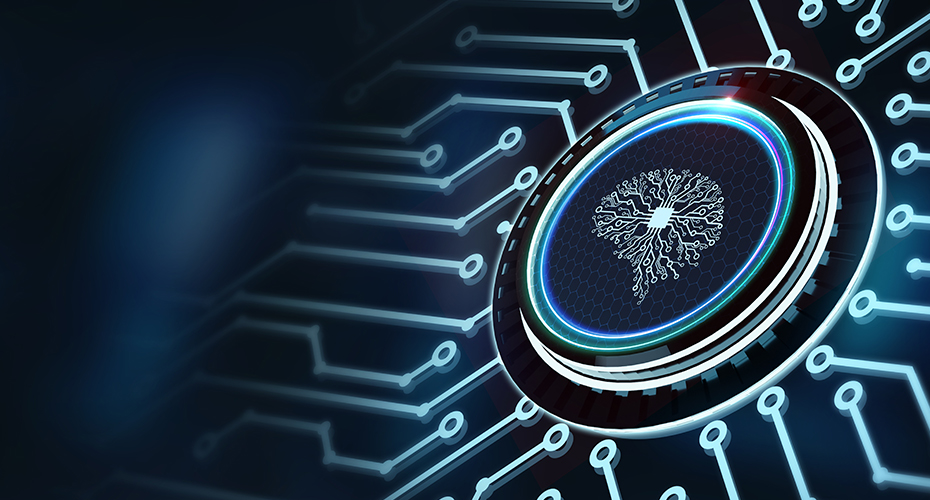The use of Robotic Process Automation (RPA) in enterprise applications has risen rapidly in recent years due to its many benefits: automating tasks, streamlining processes and reducing cost. Just as RPA adoption is increasing, so too is cognitive automation, but what are the differences between these two technologies? How, and when, should they be deployed?
Copyright by www.business2community.com
 RPA is a tool that automates routine, repetitive tasks which are ordinarily carried out by skilled workers. RPA relies on basic technologies, such as screen scraping, macro scripts and workflow automation. RPA performs tasks with more precision and accuracy by using software robots. But, when there is complex data involved, it can be very challenging and may ask for human intervention. This is where cognitive automation comes in.
RPA is a tool that automates routine, repetitive tasks which are ordinarily carried out by skilled workers. RPA relies on basic technologies, such as screen scraping, macro scripts and workflow automation. RPA performs tasks with more precision and accuracy by using software robots. But, when there is complex data involved, it can be very challenging and may ask for human intervention. This is where cognitive automation comes in.
Cognitive automation promises to pick up where RPA stops. It is a tool which brings intelligence to information-driven processes and often also known as intelligent process automation. Cognitive automation is a subset of artificial intelligence that uses advanced technologies like natural language processing, image recognition, pattern recognition, data mining, and cognitive reasoning to emulate human intelligence. In simple words, cognitive automation uses technology to solve problems with human-like intelligence. Smart work like extracting information from unstructured data and deriving meaningful conclusions is cognitive automation.

RPA challenges
There are many benefits to RPA when it comes to automating relatively simple, process-oriented tasks, but as enterprises increasingly adopt RPA in different scenarios, they’re also increasingly faced with its limitations.
- RPA is usually a short term/interim solution – It can provide an immediate relief and benefit, but in the long term, it requires complex omni-channel platforms and frequent workflow review and optimization.
- Current RPA tools available in the market have no or limited machine learning capability – We’re still quite far away from the moment when automation will be truly cognitive. The scope for automation will increase exponentially with AI and machine capability getting integrated with RPA tools, but we are not there yet. […]
Read more: www.business2community.com


The use of Robotic Process Automation (RPA) in enterprise applications has risen rapidly in recent years due to its many benefits: automating tasks, streamlining processes and reducing cost. Just as RPA adoption is increasing, so too is cognitive automation, but what are the differences between these two technologies? How, and when, should they be deployed?
Copyright by www.business2community.com
Cognitive automation promises to pick up where RPA stops. It is a tool which brings intelligence to information-driven processes and often also known as intelligent process automation. Cognitive automation is a subset of artificial intelligence that uses advanced technologies like natural language processing, image recognition, pattern recognition, data mining, and cognitive reasoning to emulate human intelligence. In simple words, cognitive automation uses technology to solve problems with human-like intelligence. Smart work like extracting information from unstructured data and deriving meaningful conclusions is cognitive automation.
RPA challenges
There are many benefits to RPA when it comes to automating relatively simple, process-oriented tasks, but as enterprises increasingly adopt RPA in different scenarios, they’re also increasingly faced with its limitations.
Read more: www.business2community.com
Share this: